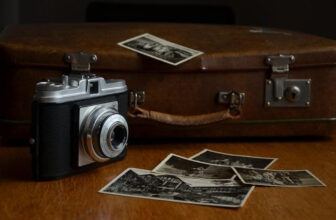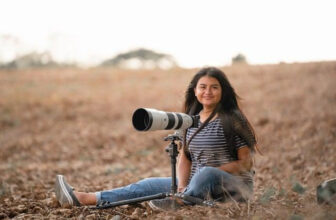Mastering the Art of Portrait Photography
GoogleAds
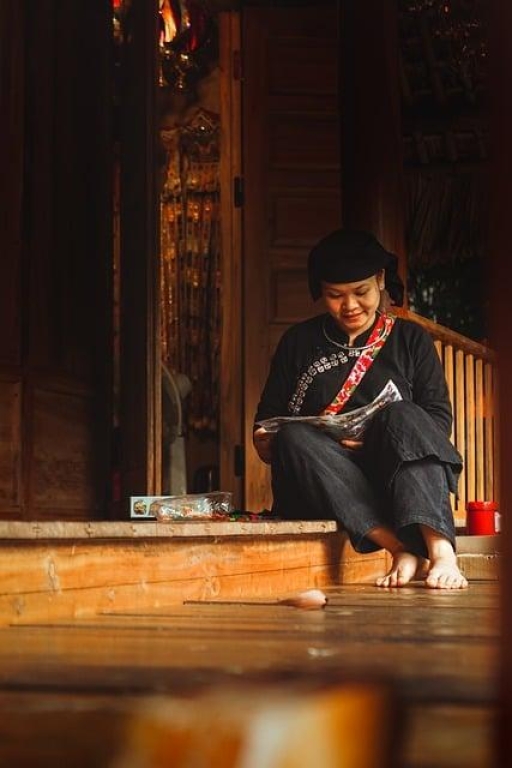
Portrait photography is a timeless art form that captures the essence of an individual in a single frame. From capturing the unique expressions to playing with light and shadows, portrait photography requires skill and creativity. In this article, we delve into the world of mastering the art of portrait photography, exploring techniques, tips, and tricks to help you elevate your skills and create stunning portraits that truly capture the essence of your subject. Whether you’re a beginner looking to improve your portrait photography skills or a seasoned pro wanting to hone your craft, join us as we explore the art of portrait photography.
Overview of Portrait Photography
Portrait photography is a powerful way to capture the essence of a person in a single image. Whether you’re taking headshots for a professional portfolio or capturing candid moments with friends and family, mastering the art of portrait photography requires skill, creativity, and a keen eye for detail.
One of the most important aspects of portrait photography is lighting. The way light falls on a subject can dramatically change the mood and atmosphere of a photo. Experiment with natural light, artificial light, or a combination of both to achieve the desired effect. **Remember to consider the direction, intensity, and quality of light when setting up your shot.**
Composition is another key element of successful portrait photography. Pay attention to the framing of your shot, the position of your subject within the frame, and the overall balance of the image. **Experiment with different angles, poses, and backgrounds to create visually dynamic and interesting portraits.**
Building a rapport with your subjects is essential for capturing authentic and emotionally resonant portraits. Help them feel comfortable in front of the camera, give them direction when needed, and encourage them to express their personalities. **A genuine connection between the photographer and subject can make all the difference in the final image.**
| Tip 1: | Use a wide aperture to create a shallow depth of field and blur the background, drawing attention to your subject. |
| Tip 2: | Experiment with black and white photography to create timeless and dramatic portraits. |
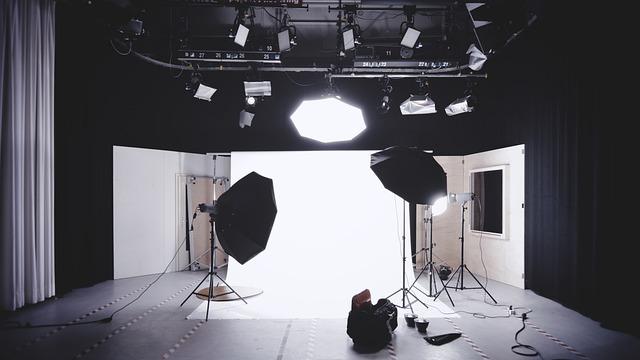
Understanding Lighting Techniques for Portraits
When it comes to portrait photography, mastering lighting techniques is key to capturing stunning and professional-looking images. Understanding how different lighting setups can enhance or detract from a portrait subject is crucial for any photographer looking to elevate their work.
One important technique to consider is rembrandt lighting, which creates a small triangular highlight on the cheek opposite the light source. This type of lighting adds depth and dimension to the subject’s face, creating a classic and timeless look.
Another popular technique is split lighting, where half of the subject’s face is in shadow and the other half is in light. This dramatic lighting setup adds contrast and can create a sense of mystery or intrigue in the portrait.
For a softer, more flattering look, butterfly lighting is a great option. This technique involves placing the main light source above and slightly in front of the subject, creating a soft, even light that minimizes shadows on the face.
Experimenting with different lighting setups and techniques is key to finding your own unique style as a portrait photographer. Whether you prefer a more dramatic look with strong shadows or a softer, more flattering light, understanding how to manipulate light is essential for creating captivating portraits.

Choosing the Right Background for Your Subject
When it comes to portrait photography, selecting the right background for your subject is crucial in creating a captivating and visually appealing image. The background sets the tone for the entire photograph, highlighting the subject and enhancing their features. Here are some tips to help you master the art of choosing the perfect background for your portrait:
Consider the Subject: Before selecting a background, think about the personality and style of your subject. Are they playful and vibrant, or more reserved and elegant? Choose a background that complements their character and helps to convey their essence in the photograph.
Use a Simple Background: Sometimes less is more when it comes to backgrounds for portrait photography. A simple, uncluttered background can help draw focus to the subject and prevent distractions in the image. Consider using a plain wall, a solid colored backdrop, or a natural setting with minimal distractions.
Experiment with Textures: Adding texture to the background can introduce depth and dimension to your portraits. Consider using textured walls, fabrics, or natural elements like brick walls or foliage to add visual interest to your images. Just be sure that the texture does not overwhelm the subject.
Pay Attention to Lighting: The lighting in your portrait can greatly affect the way the background looks. Experiment with different lighting setups to create the ideal mood for your image. Soft, diffused lighting can help create a dreamy, romantic feel, while harsh lighting can add drama and intensity to your portraits.
| Background | Suitable For |
|---|---|
| Outdoor Nature Setting | Portraits with a natural, organic feel |
| Textured Wall | Edgy, urban portraits |
| Plain Colored Backdrop | Classic and timeless portraits |
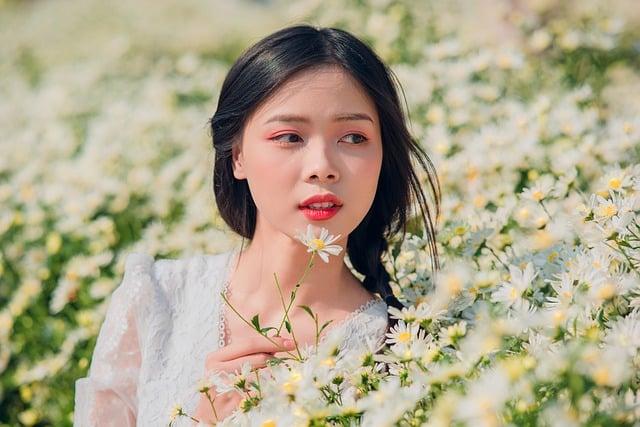
Posing and Directing Your Subjects Effectively
When it comes to portrait photography, one of the most crucial skills to master is the art of . This is what will set your portraits apart from the rest and bring out the best in your subjects.
First and foremost, communication is key. Make sure to clearly communicate your vision to your subjects before the shoot begins. Let them know what kind of poses you have in mind and what you are trying to achieve with the final images.
Don’t be afraid to get hands-on with your subjects. Sometimes a slight adjustment in posture or angle can make a huge difference in the overall look of the portrait. Be gentle and encouraging in your directions to help your subjects feel at ease.
Experiment with different poses and angles to find what works best for each individual. Encourage your subjects to move around and try different expressions to capture their personality and unique features.
Remember, practice makes perfect. Take the time to study poses from other photographers, practice with friends or models, and keep refining your skills. The more you practice, the more natural and effortless your posing and directing will become.

Utilizing Props to Enhance Your Portraits
Utilizing props in portrait photography can take your images to the next level, adding depth, interest, and a unique touch to your work. Whether you’re shooting in a studio or out on location, props can help set the scene and convey a story or evoke a particular mood. From simple objects like a hat or a flower to more elaborate props like vintage furniture or musical instruments, the possibilities are endless when it comes to enhancing your portraits.
One key to successfully incorporating props into your portraits is to choose items that complement your subject and the overall theme of the shoot. Consider the style, personality, and interests of the person you are photographing, and select props that reflect these aspects. For example, if you’re shooting a musician, incorporating their instrument into the shot can add a personal touch and help tell their story.
Props can also be used to add a pop of color, texture, or visual interest to an otherwise simple portrait. A bold umbrella, a vibrant piece of fabric, or a patterned rug can create a dynamic and eye-catching element in your composition. Experiment with different props to see what works best for your subject and the overall aesthetic you are trying to achieve.
In addition to adding visual interest, props can also be used to create a sense of movement or interaction in your portraits. For example, a subject holding a book or a bouquet of flowers can create a sense of motion and energy in the image. Likewise, using props like a scarf or a piece of fabric to create movement in the frame can add a dynamic and playful element to your composition.
When using props in your portraits, don’t be afraid to get creative and think outside the box. Incorporating unexpected or unconventional items can lead to striking and memorable images that stand out from the crowd. Whether you’re working with everyday objects or more elaborate props, the key is to use them thoughtfully and intentionally to enhance your portraits and create images that truly shine.
Editing and Retouching Techniques for Professional Results
When it comes to portrait photography, editing and retouching techniques can make all the difference in achieving professional results. With the right skills and tools, you can enhance your photos to bring out the best in your subjects. In this post, we will discuss some key tips and tricks to help you master the art of portrait photography.
One of the most important aspects of editing portrait photos is skin retouching. Smooth out any imperfections or blemishes to create flawless skin. Use healing tools to remove acne, wrinkles, and other skin issues. Remember not to overdo it, as natural-looking skin is key to a successful portrait.
Another important technique is color correction. Adjust the exposure, contrast, and colors to make your portrait stand out. Pay attention to skin tones, making sure they look natural and vibrant. Use selective color adjustments to make certain features pop, such as the eyes or lips.
Don’t forget to pay attention to the background of your portrait. Remove any distractions or clutter that may take away from the subject. Use blur effects or selective editing to emphasize the subject and create a more professional look.
Finally, experiment with different editing styles to find what works best for your portraits. Whether you prefer a clean, natural look or a more stylized approach, mastering editing and retouching techniques will help you achieve stunning and professional results in your portrait photography.

building-rapport-with-your-subjects-for-authentic-portraits”>Building Rapport with Your Subjects for Authentic Portraits
Connecting with your subjects on a personal level is essential for capturing authentic and meaningful portraits. Building rapport with the individuals you are photographing can make all the difference in the final result of your images. Here are some tips to help you master the art of portrait photography by establishing a strong connection with your subjects.
One of the first steps in building rapport with your subjects is to make them feel comfortable and at ease. Engage in small talk to break the ice and create a relaxed atmosphere during the photoshoot. Showing genuine interest in the person you are photographing can help establish trust and rapport, leading to more natural and authentic portraits.
Another important aspect of building rapport with your subjects is to listen to their input and ideas. Encourage them to share their thoughts on how they want to be portrayed and incorporate their suggestions into the photoshoot. This collaborative approach can result in portraits that truly reflect the personality and essence of the individual being photographed.
Body language plays a significant role in establishing rapport with your subjects. Maintain open and friendly body language, such as smiling, making eye contact, and mirroring the posture of the person you are photographing. This non-verbal communication can help create a connection and instill trust between you and your subject.
Remember that building rapport is an ongoing process that requires patience and genuine interest in the people you are photographing. Take the time to get to know your subjects, their likes and dislikes, as well as their personal stories. By building a strong rapport with your subjects, you can capture authentic and emotionally resonant portraits that truly reflect the unique qualities of the individuals in front of your lens.
Q&A
Q: What are some key tips for capturing great portrait photos?
A: Pay attention to lighting, composition, and posing. Use natural light whenever possible and consider the background to make your subject stand out.
Q: How important is it to establish a connection with your subject during a photo shoot?
A: Building a rapport with your subject can help them feel comfortable and relaxed, resulting in more natural and authentic photos.
Q: What equipment is essential for portrait photography?
A: A good quality camera with a variety of lenses, a tripod for stability, and perhaps a reflector or flash for added lighting control.
Q: How can photographers use editing tools to enhance their portraits?
A: Editing software can be used to adjust exposure, color balance, and remove any distracting elements to improve the overall look of the portrait.
Q: What are some common mistakes to avoid in portrait photography?
A: Avoid harsh lighting, awkward poses, and cluttered backgrounds. Instead, focus on creating a strong composition and capturing your subject’s personality.
Closing Remarks
In conclusion, mastering the art of portrait photography requires a combination of technical skill, creative vision, and a deep understanding of your subject. By following the tips and techniques outlined in this article, aspiring photographers can hone their craft and capture stunning portraits that truly reflect the personality and essence of their subjects. Remember, practice makes perfect, so keep experimenting, learning, and growing as a photographer. With dedication and perseverance, you can become a master of the art of portrait photography.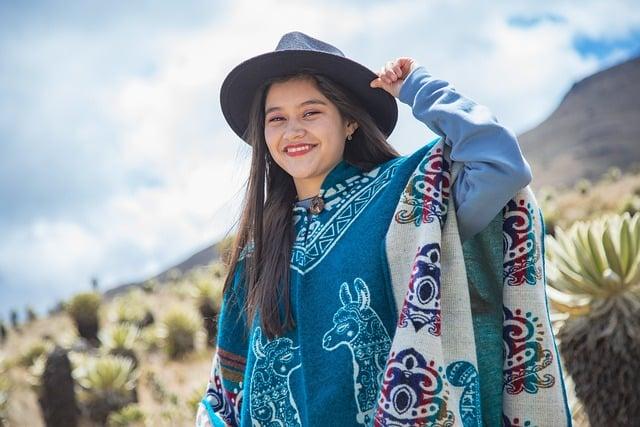
GoogleAds



